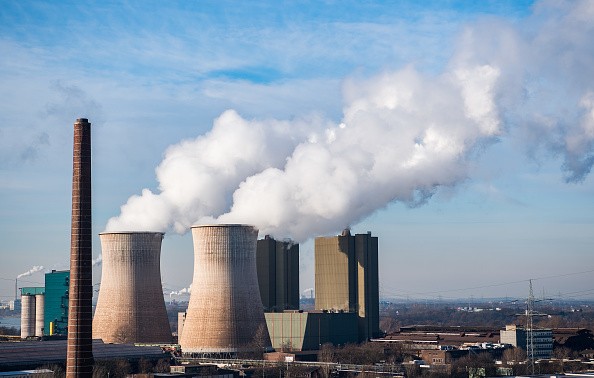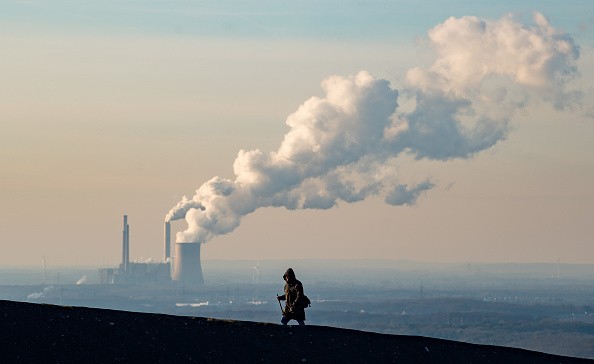Buildings are to be held accountable for a lot of carbon emissions. Detaching them from fossil fuels is a crucial part of the climate solution.

Prohibition of Natural Gas
During the 2019 summer, the city council in Berkeley, California, made a very bold and unknown move: They disallowed natural gas hookups in many new building constructions. Councilwoman Kate Harrison, who funded the new ordinance had been on a search for ways to decrease the carbon emissions of the city.
"We looked at where our emissions were emanating from and discovered that natural gas in buildings played a very crucial role," she says. They are responsible for a whopping 37 percent of the total city.
Cars are another huge source of emission, but the city has no power to regulate tailpipe emissions. But for buildings? "This is a part we can take up," Harrison says. Berkeley's pioneering ordinance encouraged a wave of alike efforts. More than 40 cities in California have passed similar measures since 2019.
Greenhouse Gas Emissions
Suggestions to prohibit gas hookups are presently under deliberation in Colorado, Washington State, and Massachusetts. Climate specialists have said for a long time that buildings both old and new will need to detach themselves from fossil fuels.
Presently, buildings are responsible for over a quarter of U.S. greenhouse gas emissions, a number that would have to reduce quickly if the country has hopes to hit the emissions decrease goals outlined in the Paris Agreement. But the growth of a movement to limit natural gas hookups has also released a hostile campaign by the natural gas industry to preventatively ban the bans.
Climate Crisis
The American Gas Association, which is an industry trade group, pledged in a statement in an email to "completely disagree to any effort to prohibit natural gas or sideline our infrastructure wherever the effort occurs, state house or even city [hall] steps." So far, six states, plus Kansas, Utah, Louisiana, Arizona, Oklahoma, and Tennessee, have undergone legislation debarring such prohibitions.
In 14 other states, similar legislation is being thought about. Because buildings make use of so much energy, they have what it takes to be a large part of any solution to the climate crisis. All over the world, buildings are responsible for almost 30 percent of all energy-related CO2 emissions, according to the United Nations Environment Program, and almost 40 percent of emissions during construction are included.

Building Emissions by 2050
Their contribution is increasing as construction soars in both advanced and advancing countries. Some projections propose that building emissions by 2050 might double or even triple if major attempts to build better do not take place.
Natural gas was once sold as a clean substitute to coal and oil, announced as a "bridge fuel" that could aid decrease overall carbon emissions while still making available reliable, cheap energy. But its purpose in a lower-carbon future is now in question.
Related Article : Countries on Pacific Island Lead the Report on Global Warming, According to Experts
For more news, updates about carbon emissions and similar topics don't forget to follow Nature World News!
© 2025 NatureWorldNews.com All rights reserved. Do not reproduce without permission.





